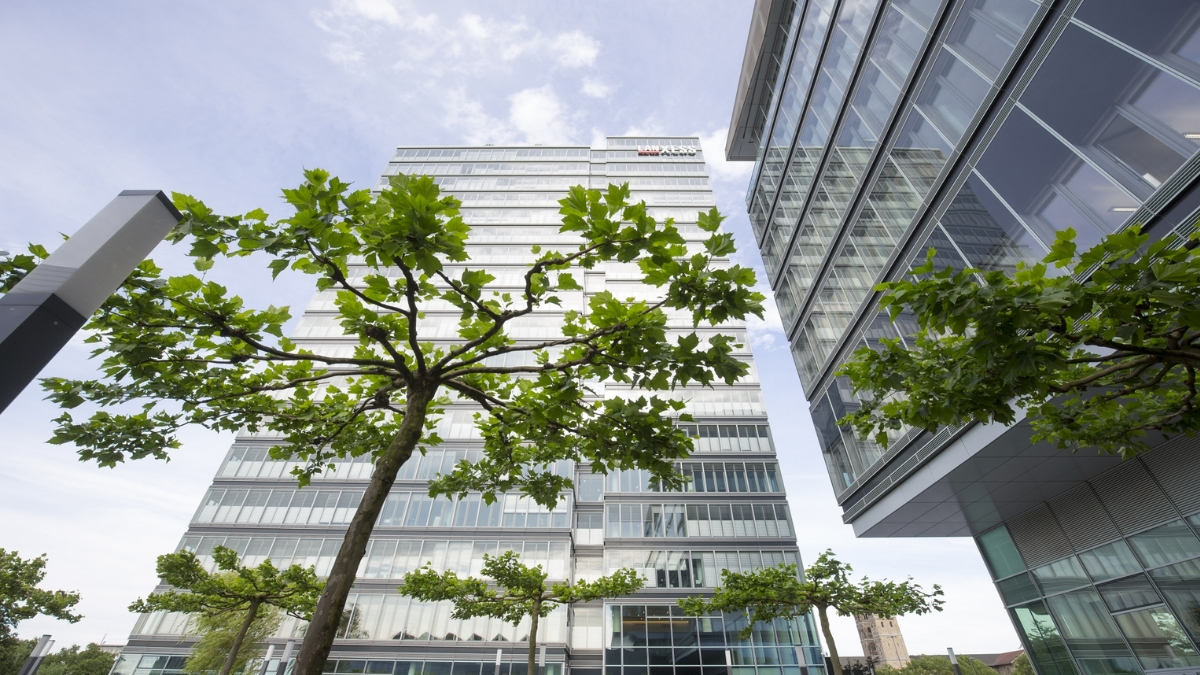Chef Harry Hakuei Kosato: Sushi Isn’t Just for Non-Vegetarians: Try Kappa Maki Rolls

Harry Hakuei Kosato, the creator of Sushi & More, has spent over 15 years in India, experimenting with Japanese cuisine, particularly sushi. Additionally, he runs a complementary business that distributes Kikkoman, a popular Japanese sauce brand, in India. During a candid chat, Kosato shares his journey, along with dos and don’ts for enjoying sushi, as well as dispelling myths surrounding the cuisine.
What inspired you to focus on celebrating the beauty of simplicity in Japanese cuisine?
Firstly, Japanese food is my own first so-called “native” food. I am from Kobe, Japan, and so Japanese is my first cuisine as well as “comfort food from my home” which I love, which I wanted to bring, initially in a small way from Japan to India, as you know, we all of us, want to share the best that we enjoy, and I wanted to share simple Japanese food with the amazing people of India, a place where I can now also call home, after 16 years here living in Mumbai.
Second, simplicity is one of the key factors of Japanese cuisine, known as “washoku” and the simplicity comes from using simple, pure and natural ingredients, which are fresh, and “in season”.
Japan has 4 distinct seasons, where the produce from the farms, and the catch from the sea, are distinct to the particular season. Each season has distinct foods of the season, and we are delighted to enjoy the best of each season, prepared in the most simplest looking ways, and yes, though it looks simple, there are years and years and hours and hours of preparation to make it look simple!
Thirdly, the beauty of Japanese also comes from “subtraction” ie not addition – we try to minimize over-cooking or adding too many spices – imagine sushi with a dash of naturally brewed Kikkoman Soy Sauce and freshly grounded wasabi, for example. We subtract, and do not add, we think subtraction brings out the essence of things, and as such, really brings the beauty of simple food, of Japanese food, to satisfy the palate.
I think Japanese food can be further and better known in India – such is the fact that the Japanese government conferred me the title of “Japanese Cuisine Goodwill Ambassador” in December 2022, an honour as the first Ambassador in India, and humbled to join top Ambassadors of Japanese cuisine who are in fact Michelin Chefs, Master Sommeliers, and celebrated Restaurateurs in Japan and around the world.
Can you discuss any adaptations or changes that have been made to traditional Japanese dishes to suit the Indian palate?
Adaptation happens all the time. The British have anglicised Indian curry, to make it say “British Indian Curry”, for example.
Chefs in India have had to work with limited ingredients, and have had to improvise where they could to prepare the best of Japanese food under relatively challenging circumstances in India. What I mean about challenging if I may explain, is that some 15 years or so ago, we did not have the same level of hygiene, the level of culinary expertise, or the ingredients and appreciation of Japanese food as a cuisine in India as we do now.
Of course, there has been great progress over the last 16 years that I have been in India.
However, there has always been tension between “authenticity” and “innovation”, and there always will be. But food always evolves, and this interplay of traditional and new, in fact, gives rise to better flavours and tastes, even Japanese food is evolving in Japan over the centuries and especially in the last few decades.
True, we have seen some chefs trying to be as authentic as possible in India, but in order to meet the requirements of the Indian palate, other enterprising and creative chefs have used more spices such as “shichimi togarashi“ (spicy seven-spice chilli powder mix), so adding some innovation to make it more attractive to the Indian consumer here.
In addition, vegetarian interpretations of sushi have happened here in India, both of the Jain and pure vegetarian types, where avocado is used. Sushi mostly is thought to be non-vegetarian, but in fact, we do have veg items like kappa maki cucumber rolls in Japan as well. Chefs at Sushi and More for example have really been innovative and created some amazing dishes both non-veg and veg which appeal to the Indian customer, and these changes I think show the versatility and evolution of cuisine and food culture, overall.
What are some challenges you face in sourcing high-quality ingredients for Japanese cuisine in India?
Good question. Still, I would imagine less than some 90% of the highest ingredients are not in India yet. High import taxes, challenges in logistics, and low penetration of Japanese restaurants, are some reasons. That being said you can find good Norwegian salmon which we use, and India exports sushi grade prawns too.
Can you discuss any challenges that arise when trying to showcase minimalism in Japanese cuisine to a wider audience?
Another good question. I think sometimes minimalism translates to some representations in Japanese food in India, that may seem to be “too little” or “too bland”, for example. In Kaiseki cuisine, each portion is small, but there may be more than 8 or more courses. So the confusion sometimes may come from and initial look at minimalism that may seem too small, too bland, maybe. But appreciation of a cuisine and culture does not happen overnight, and I think it is the responsibility of us Japanese to inform and popularise concepts of minimalism in food through our interactions over Japanese food dishes with hundreds and thousands of Indians over many years, now and into the future.
How does the philosophy of minimalism in Japanese culture extend beyond just food?
I think it is life itself. We Japanese adore true simplicity in all aspects of life. Think UNIQLO or MUJI. No brand is a brand, minimal in look and simple to look at, but beautiful at the same time. Speaking little, being frugal, being simple in one’s actions and behaviours, even. We are here on this Earth for a short time, we try to do our best, and keep good and simple habits and simple positive relationships not only around food but with money, friends, the environment, and society as well, maybe. Not so easy to put into words, this, but we believe is a simple life.

Atul Tiwari is a seasoned journalist at Mumbai Times, specializing in city news, culture, and human-interest stories. With a knack for uncovering compelling narratives, Atul brings Mumbai’s vibrant spirit to life through his writing.





